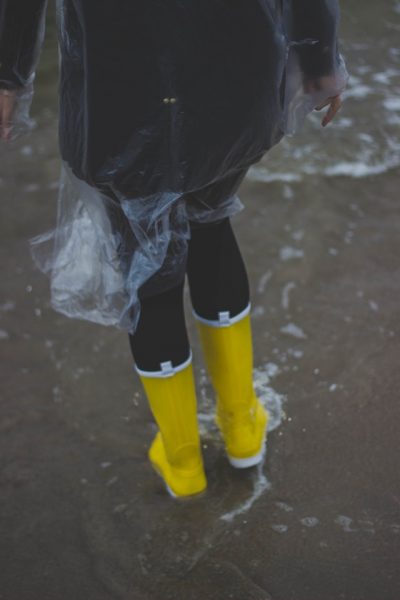
Water is one of the most important substances on Earth, but it can potentially be a powerful destructive nature. Anybody who has experienced a house flooding can attest to that.
If you have experienced a similar problem, chances are that you don’t know where to begin to bring your life back to normal.
Experts at KIC Restoration Inc. share some of the first crucial steps you need to make in order to ensure that your home will be safe and healthy to live in in no time.
Before You Go In
Depending on the extent of the damage, you may need to consult an electrician to tell you if it is safe enough to enter your home.
In the same vein, if the house was under water for longer than a day, chances are that the wood absorbed a lot of water and the structural integrity of the house is in question, so make sure you have a structural inspector give you the OK.
Natural gas is another thing you must be careful about. Chances are that both electricity and gas were turned off when the flooding started, but double-check it to be on the safe side.
Think of Your Insurance
If your home is covered by a specialized flood insurance, you will need to consult them as soon as possible to get the appraiser to inspect the damage and estimate the amount of money you should receive.
However, you don’t need to wait for them; start clearing away, but take pictures and keep the damaged things as material proof of the things you have lost.
Sadly, if you do not have the flood insurance, chances are that your regular house insurance won’t cover any of the losses unless it was proclaimed a natural disaster by the government.
Your Furniture
Once the rubble has been removed from the house, it is time to take everything else outside as well. All of your furniture should be taken outside to dry. However, before it can be allowed to dry, make sure you clean it from any debris and dirt because dirty water is a very dangerous thing, suitable for microbes and mold growth.
Once your furniture is dry, you can assess whether it can be kept or if you’d rather discard it. Generally, upholstered furniture and mattresses are discarded as they are very hard to salvage.
The Carpets
Just like your furniture, carpets need to be taken out of the house as soon as possible, washed and left to dry. Use plenty of soap and even chlorine bleach to ensure you kill all of the microbes in it. Be careful, though, as wool carpets don’t react well to bleach.
When the carpets are dry, you will see how useful it is to keep them around. Aside from water damage and potential mold, carpets can also shrink in water.
Walls
If water damage reached your walls, you will need to open them, regardless of whether you see any damage. All of the drywall which was damaged in the flooding will need to be taken out and replaced.
If left unchecked, damp walls can be an ideal place for mold growth, and cause serious problems for you in the future.
Floors
Depending on the type of flooring you have, there are several different options. If the floor was concrete or tiles, chances are that it was not damaged by the flooding, and it only needs to dry out.
Alternatively, if you have hardwood floors or something similar, you are at risk of swelling as wood absorbs water. You can curb this by removing tiles in several places until everything dries out. However, it is always better to consult professionals to help you with these problems.
Flood restoration may take a long time, and it is certain to cost you money, but returning your home into a functioning condition is the prerequisite to actually return your life to normal as well.









Speak Your Mind